In Silico Neo-antigen Detection in High-grade Pediatric Brain Tumors Utilizing RNA-seq and WGS
Email Principal Investigator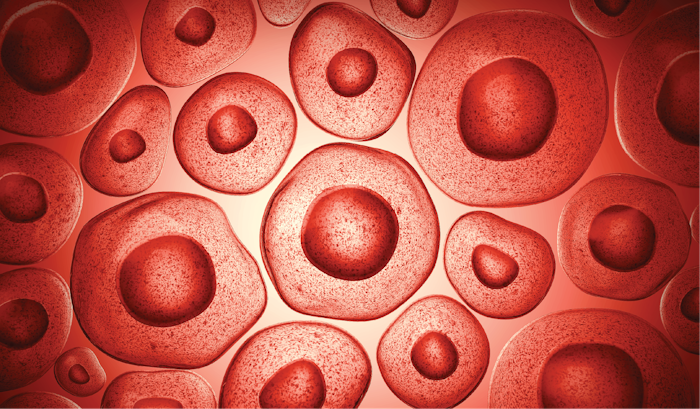
About this
Project
Immunotherapy, therapy that uses a patient’s own immune system to attack a tumor, is a promising form of therapy for high grade tumors such as high grade glioma, diffuse intrinsic pontine glioma (DIPG), atypical teratoid rhabdoid tumors (ATRT), and medulloblastoma. In these cases, there does not seem to be genetic targets for therapy, but rather the tumor growth is driven by epigenetic factors, or non-gene influences. The first step in identifying possible immunotherapy targets is identifying tumor neoantigens, or substances created by the tumor cells that affect cell processes. Researchers will use the Pediatric Brain Tumor Atlas to produce initial data for this study that could lead to the development of new patient-specific immunotherapies.
Ask The
Scientists
What are the goals of this project?
Researchers will identify epigenetic factors, or non-gene influences on genes, that drive tumor growth, specifically in pediatric brain tumors without currently available drug targets.
What is the impact of this project?
This study will identify potential targets for immunotherapy treatments and deepen that understanding in a pursuit of real time patient-specific immunotherapies.
Why is the CBTN request important to this project?
Access to the Pediatric Brain Tumor Atlas provides researchers with the comprehensive data necessary to complete this initial study.
Specimen Data
The Children's Brain Tumor Network contributed to this project by providing access to the Pediatric Brain Tumor Atlas.
related
Histologies
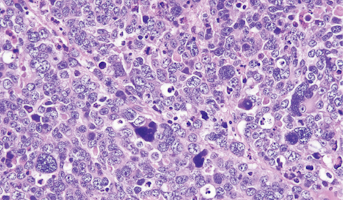
Medulloblastoma
Medulloblastomas comprises the vast majority of pediatric embryonal tumors and by definition arise in the posterior fossa, where they constitute approximately 40% of all posterior fossa tumors. Other forms of embryonal tumors each make up 2% or less of all childhood brain tumors.The clinical feature
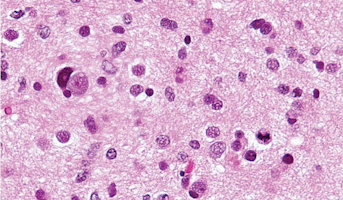
High-Grade Glioma
High-grade Gliomas (HGG) or astrocytomas in children nearly always result in a dismal prognosis. Although novel therapeutic approaches are currently in development, preclinical testing has been limited, due to a lack of pediatric-specific HGG preclinical models. These models are needed to help test
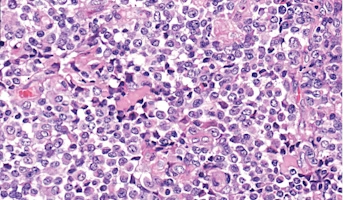
Atypical Teratoid/Rhabdoid Tumor
Central nervous system (CNS) atypical teratoid/rhabdoid tumor (AT/RT) is a very rare, fast-growing tumor of the brain and spinal cord. It usually occurs in children aged three years and younger, although it can occur in older children and adults. About half of these tumors form in the cerebellum or
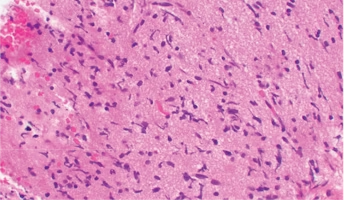
Diffuse Intrinsic Pontine Glioma
A presumptive diagnosis of DIPG based on classic imaging features, in the absence of a histologic diagnosis, has been routinely employed. Increasingly however, histologic confirmation is obtained for both entry into research studies and molecular characterization of the tumor.[5] New approaches with




